MSK076C-0450-NN-M1-UG1-NNNN REXROTH力士乐伺服电机
伺服电机工作原理:
1、伺服系统(servo mechanism)是使物体的位置、方位、状态等输出被控量能够跟随输入目标(或给定值)的任意变化的自动控制系统。伺服主要靠脉冲来定位,基本上可以这样理解,伺服电机接收到1个脉冲,就会旋转1个脉冲对应的角度,从而实现位移,因为,伺服电机本身具备发出脉冲的功能,所以伺服电机每旋转一个角度,都会发出对应数量的脉冲,这样,和伺服电机接受的脉冲形成了呼应,或者叫闭环,如此一来,系统就会知道发了多少脉冲给伺服电机,同时又收了多少脉冲回来,这样,就能够很精 确的控制电机的转动,从而实现精 确的定位,可以达到0.001mm。直流伺服电机分为有刷和无刷电机。有刷电机成本低,结构简单,启动转矩大,调速范围宽,控制容易,需要维护,但维护不方便(换碳刷),产生电磁干扰,对环境有要求。因此它可以用于对成本敏感的普通工业和民用场合。
无刷电机体积小,重量轻,出力大,响应快,速度高,惯量小,转动平滑,力矩稳定。控制复杂,容易实现智能化,其电子换相方式灵活,可以方波换相或正弦波换相。电机免维护,效率很高,运行温度低,电磁辐射很小,长寿命,可用于各种环境。
2、交流伺服电机也是无刷电机,分为同步和异步电机,目前运动控制中一般都用同步电机,它的功率范围大,可以做到很大的功率。大惯量,zui高转动速度低,且随着功率增大而快速降低。因而适合做低速平稳运行的应用。
3、伺服电机内部的转子是永磁铁,驱动器控制的U/V/W三相电形成电磁场,转子在此磁场的作用下转动,同时电机自带的编码器反馈信号给驱动器,驱动器根据反馈值与目标值进行比较,调整转子转动的角度。伺服电机的精度决定于编码器的精度(线数)。
交流伺服电机和无刷直流伺服电机在功能上的区别:交流伺服要好一些,因为是正弦波控制,转矩脉动小。直流伺服是梯形波。但直流伺服比较简单,便宜。
伺服电机(servo motor )是指在伺服系统中控制机械元件运转的发动机,是一种补助马达间接变速装置。
伺服电机可使控制速度,位置精度非常准确,可以将电压信号转化为转矩和转速以驱动控制对象。伺服电机转子转速受输入信号控制,并能快速反应,在自动控制系统中,用作执行元件,且具有机电时间常数小、线性度高、始动电压等特性,可把所收到的电信号转换成电动机轴上的角位移或角速度输出。分为直流和交流伺服电动机两大类,其主要特点是,当信号电压为零时无自转现象,转速随着转矩的增加而匀速下降。
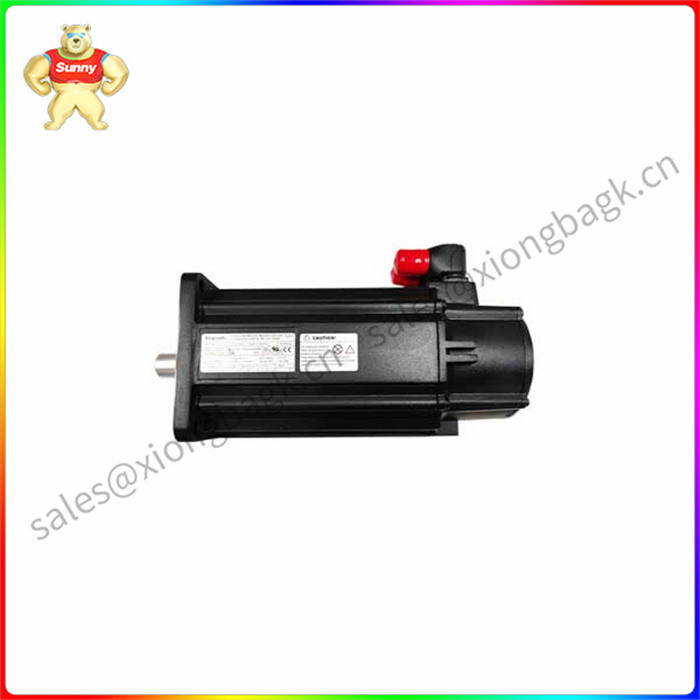
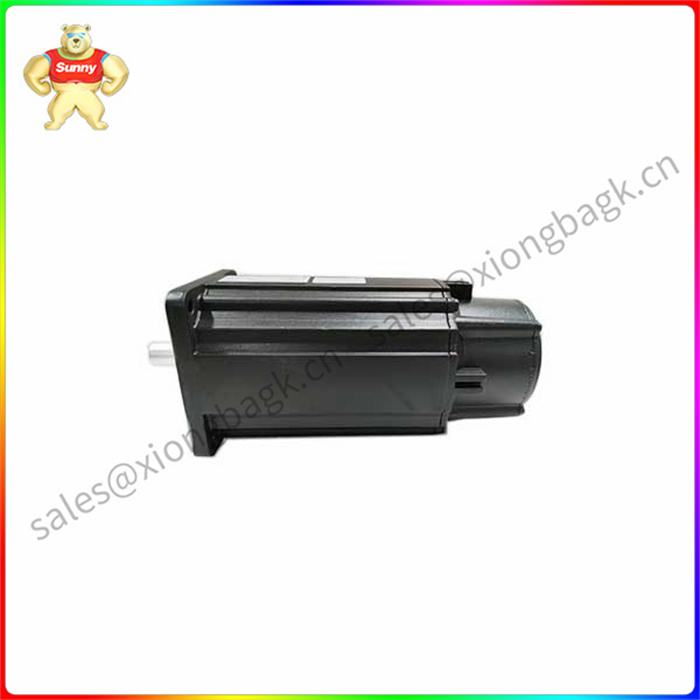
MSK076C-0450-NN-M1-UG1-NNNN REXROTH力士乐伺服电机
Servo motor working principle:
1, servo system (servo mechanism) is an automatic control system that enables the object's position, orientation, state and other output controlled quantity to follow any change of the input target (or given value). The servo mainly depends on the pulse to position, basically can be understood in this way, the servo motor receives a pulse, it will rotate the corresponding Angle of a pulse, so as to achieve displacement, because the servo motor itself has the function of pulse, so each rotation Angle of the servo motor, will emit the corresponding number of pulses, so that the pulse accepted by the servo motor echoes. Or closed loop, so that the system will know how many pulses are sent to the servo motor, and how many pulses are received back, so that the rotation of the motor can be controlled very accurately, so as to achieve accurate positioning, which can reach 0.001mm. Dc servo motors are divided into brushed and brushless motors. Brush motor has low cost, simple structure, large starting torque, wide speed regulation range, easy control, and needs maintenance, but the maintenance is not convenient (change the carbon brush), electromagnetic interference, and the environment is required. Therefore, it can be used in cost-sensitive general industrial and civil applications.
Brushless motor small size, light weight, large output, fast response, high speed, small inertia, smooth rotation, torque stability. The control is complex, easy to achieve intelligence, its electronic commutation mode is flexible, can be square wave commutation or sine wave commutation. The motor is maintenance-free, high efficiency, low operating temperature, small electromagnetic radiation, long life, and can be used in a variety of environments.
2, AC servo motor is also a brushless motor, divided into synchronous and asynchronous motors, the current motion control is generally used synchronous motor, its power range is large, can achieve a lot of power. Large inertia, low maximum rotational speed, and rapidly reduced with the increase of power. Therefore, it is suitable for low speed and smooth operation applications.
3, the rotor inside the servo motor is a permanent magnet, the driver control of U/V/W three-phase electric electromagnetic field, the rotor rotates under the action of this magnetic field, while the motor comes with the encoder feedback signal to the driver, the driver according to the feedback value and the target value to compare, adjust the rotor rotation Angle. The accuracy of the servo motor is determined by the accuracy of the encoder (number of lines).
The difference between AC servo motor and brushless DC servo motor in function: AC servo is better, because it is sine wave control and torque ripple is small. Dc servo is trapezoidal wave. But DC servo is simpler and cheaper.
servo motor (servo motor) refers to the engine that controls the operation of mechanical components in the servo system, which is a supplementary motor indirect transmission device.
The servo motor can control the speed, the position accuracy is very accurate, and the voltage signal can be converted into torque and speed to drive the control object. Servo motor rotor speed is controlled by the input signal, and can react quickly, in the automatic control system, used as an executive component, and has the characteristics of small electromechanical time constant, high linearity, starting voltage, etc., can convert the received electrical signal into the angular displacement or angular speed output on the motor shaft. Divided into DC and AC servomotor two categories, its main feature is that when the signal voltage is zero, there is no rotation phenomenon, and the speed decreases with the increase of torque.
MSK076C-0450-NN-M1-UG1-NNNN REXROTH力士乐伺服电机
| STUCK | SYMAP-BCG |
| ABB | UNITROL 1000 |
| ICS TRIPLEX | T9110 |
| ABB | BCU-12 |
| VEXTA | A4313-9215ME (PH-564) |
| ABB | DCF503B0050-000000X |
| DEIF | GPM5.1 |
| Yokogawa | CP451-10 |
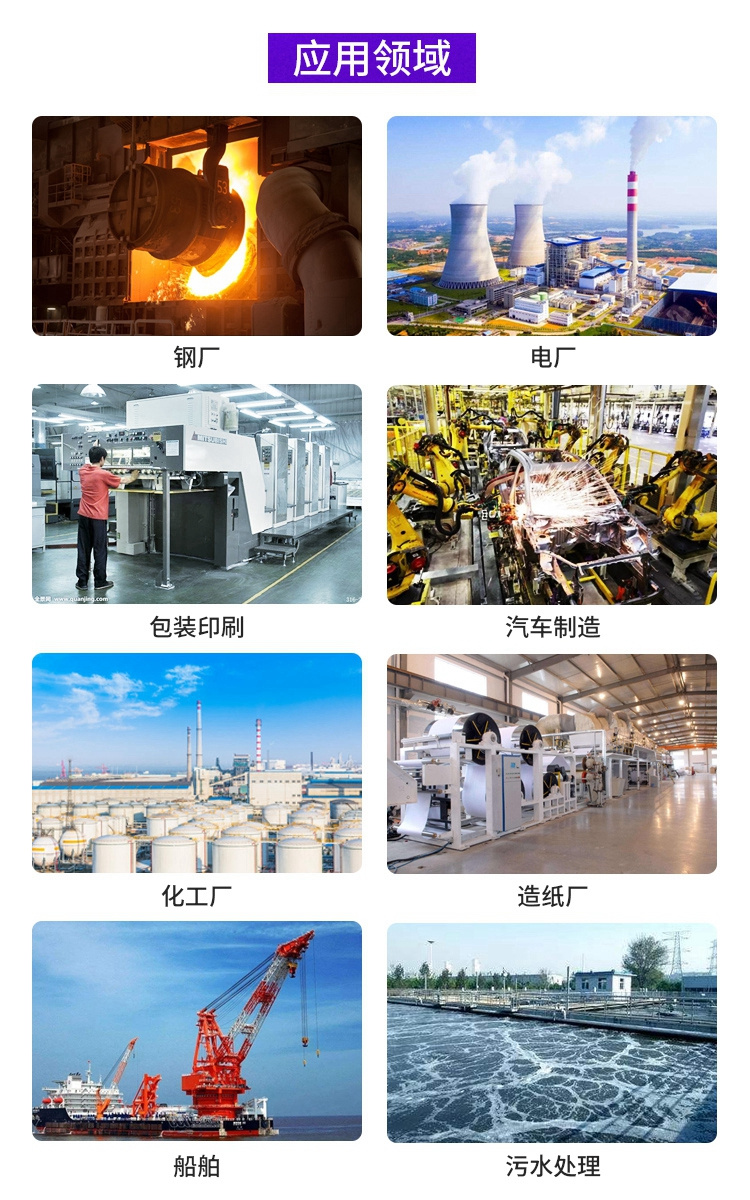

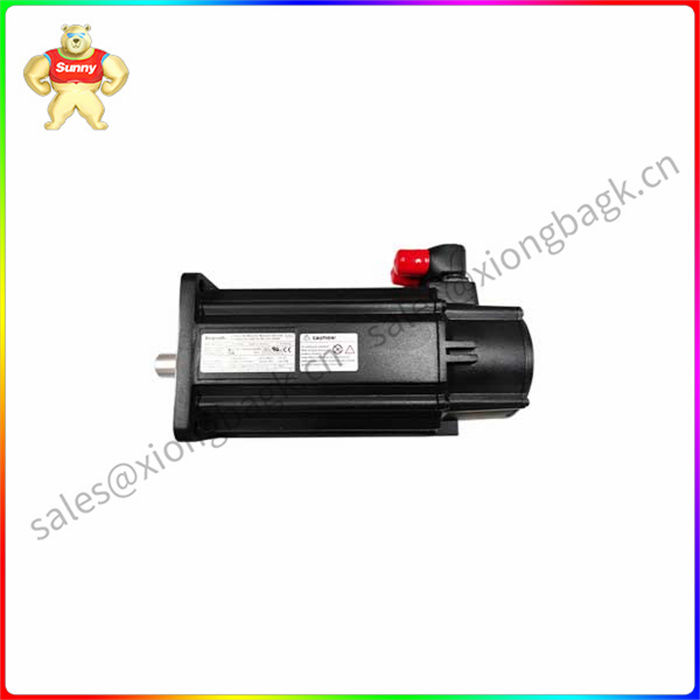
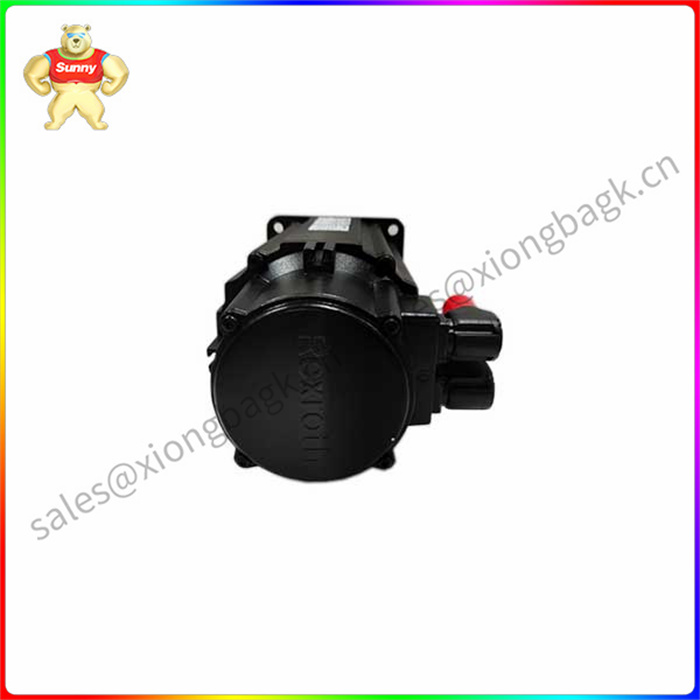

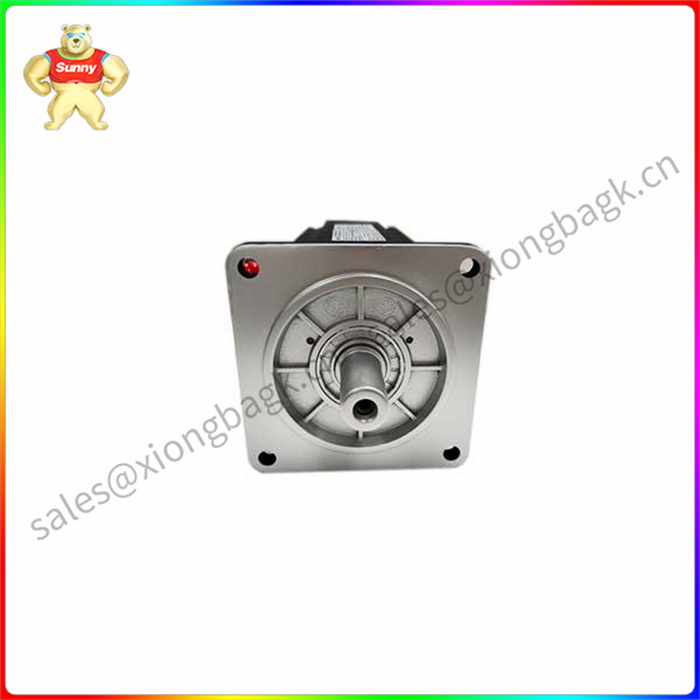
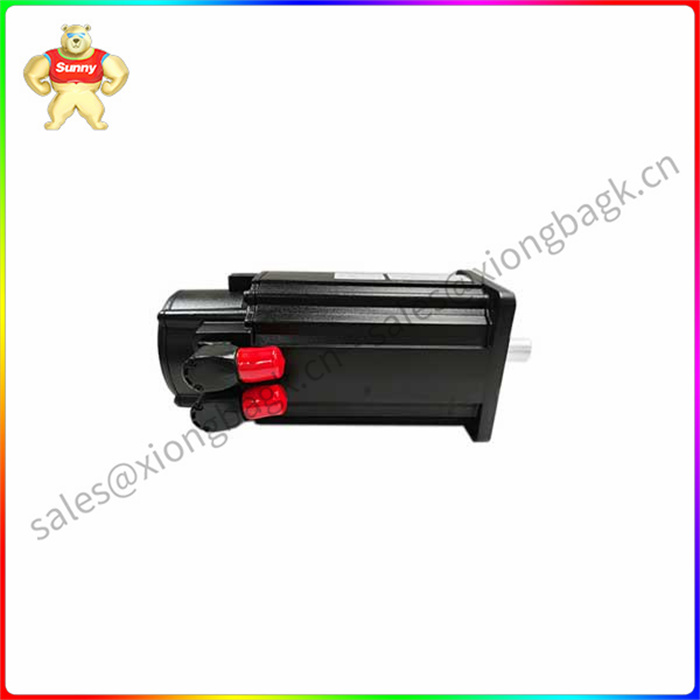



 QQ在线客服
QQ在线客服